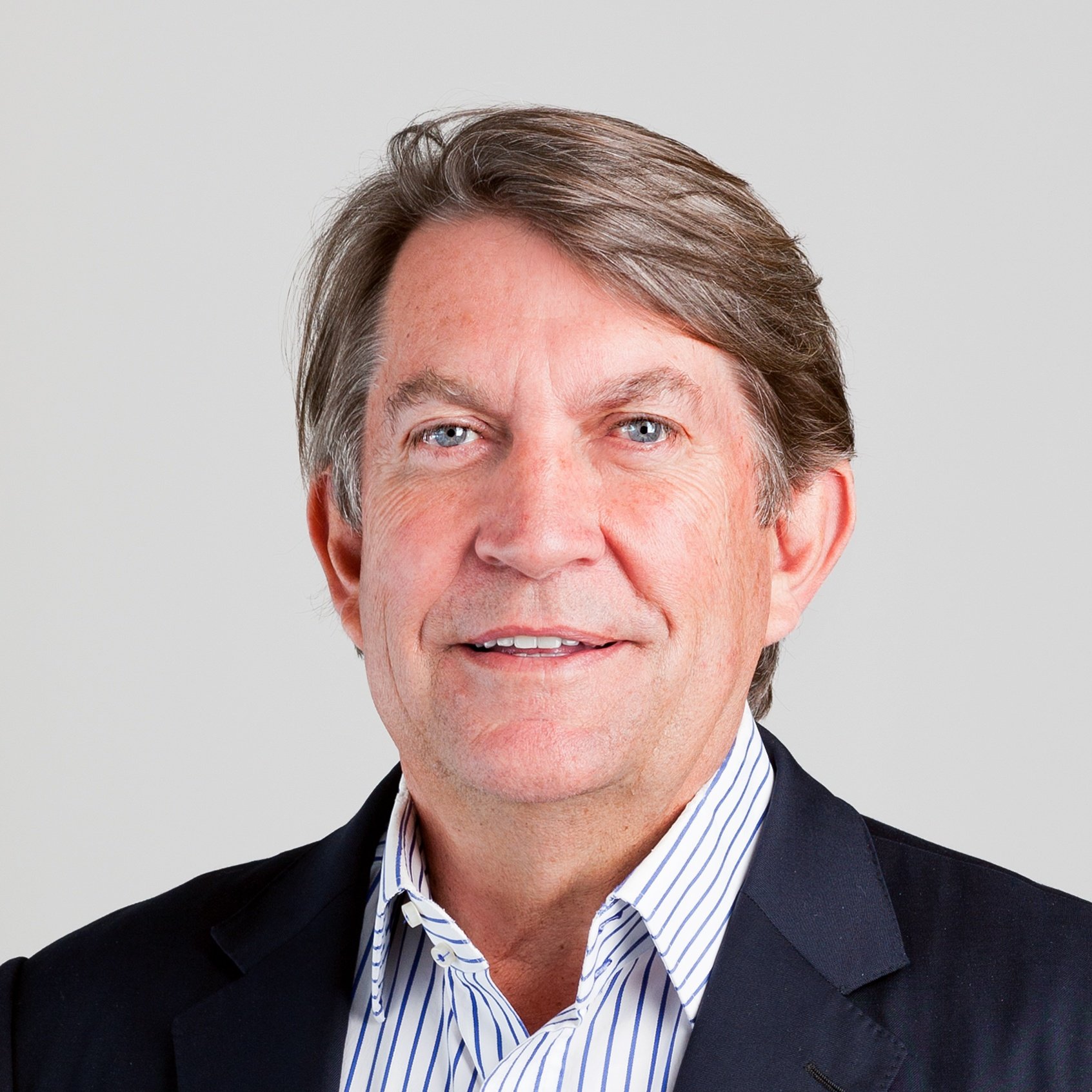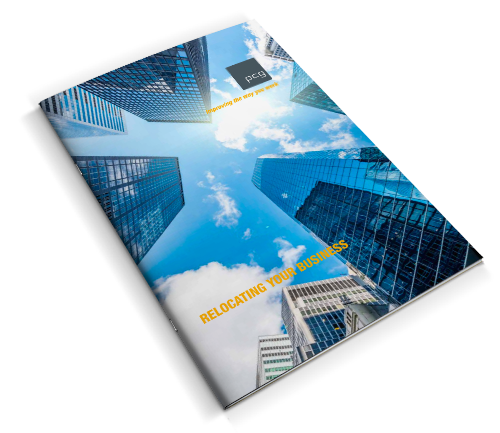Should you sit down or stand while at work? is the question the Australian Financial Review posed. Whilst, the concept of a standing office is only just gaining momentum, PCG have been working with their clients for many years on developing a more active office. It seems we are now at the point where global Medical research and workplace health and safety opinion are now aligned in the knowledge that continual sitting is very bad for your health… and unfortunately simply heading for the gym or pool is not a fix. The health risks are significant with increased cardiovascular issues and or vulnerability to diabetes and early death . Advocates say increased standing would benefit not only health, but also employee’s energy and creativity…. and wouldn’t that be a ‘win win’ for everyone?
So how does this affect you? When it comes to the average workplace, reducing sitting is a huge challenge. It means business leaders have to potentially rethink their workplaces, including the interior architecture and changing the way people work and the latter will only successfully occur through example from those in leadership positions.
Now if you have any creeping doubt about this, there have been many advocates over the years to the benefits of having the option to stand whilst working.
Standing whilst working dates all the way back to the 1400s with Leonardo Da Vinci, he is just one of the many famous people that used a standing desk. He stood as he created the 'Mona Lisa' and even imagined the first parachute. I guess it's true that standing really can get your creative juices flowing.
Ernest Hemingway was another well-known and celebrated stand up worker. Along with being known for his prolific and popular writing, Hemingway was also a big proponent of the standing desk. He said "writing and travel broaden your arse if not your mind; I like to write standing up". If one of the greatest writers swore on the merits of the standing desk, maybe you should too.
Thomas Jefferson was another, he certainly didn't have time for the mid-afternoon slump that happens to so many of us when we are sitting all day. But he also understood there were times to sit and times to stand. His desk had six legs and an adjustable slanted top that he used to draw out architectural blueprints.
Even if you like to admit it or not, Mark Zuckerberg is one of the world's leading innovators. And what's his workspace of choice? You guessed it... A standing desk. Zuckerberg chooses to work at a standing desk and encourages employees at his Facebook office to use them as well.
The common arrangement of rigid rows of desks (“dilbertvil”), beloved of businesses wanting to cut down on renting floor space, does not suit employees who want more physical choice in how they work. Even the latest workplace trend in Australia of Activity Based Working (ABW), whilst well named, doesn’t even cut the mustard with medical experts either, because our latest research tells us that in Australia, ABW environments have more chairs or sitting options than occupancy capacity with very little or nil stand up working options which gives rise to sedentary time.
And sedentary time adds up fast; commuting to and from work, sitting at a desk, watching TV, arm chair sports and playing video games contribute to the average 7.7 hours per day spent physically inactive
And therein lies the answer, it is our contention that the secret to mitigate against the risks of sedentary time, lies in affording employees the option as to how they can work, primarily either standing or sitting at their workplace or through the provision of multiple work settings.
Our design and project team recently completed a workplace project in Melbourne for Enernoc Australia (www.enernoc.com) ,a global leader in the development and sales of energy intelligence software, where all staff, including the receptionist, were afforded ‘sit/stand’ desk arrangements. We believe this to be a very rare occurrence where a client has been fully aware of the benefits of affording their employees the option to sit or stand and is prepared to invest in the welfare of the employees and the business. PCG contends that this organisation is going to realise a dividend from their investment by way of improved productivity, engagement, absenteeism, and general well being metrics and the Enernoc employees are going to live healthier and longer lives.
And as for the skeptics? Well the Apple Watch may impinge on productivity by interrupting workers at inappropriate times. But we do know that with careful planning, productivity increases 12 to 18 percent following an ergonomic intervention where employees are provided with well-designed furniture.
12-18% productivity! With these kind of improvements to workplace health and safety and productivity is it time to get on board?
To find out how subtle differences to your office environment can put you back on track to being a high performance workplace download "Your Road map to a High Performance Workplace" here.













Share your thoughts